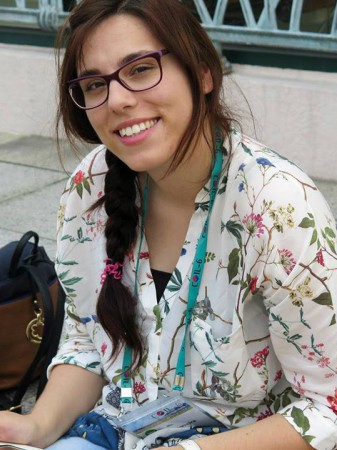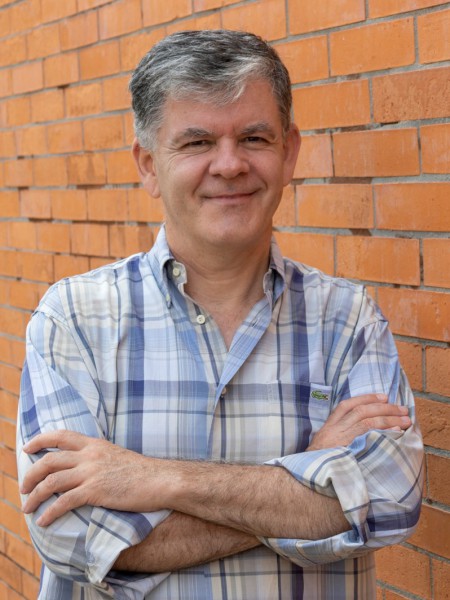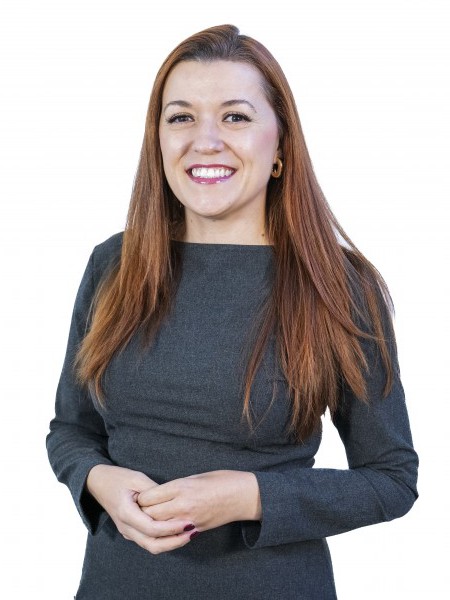abstract
Immunoglobulins G (IgG) could become widespread biopharmaceuticals if cost-efficient processes for their extraction and purification are available. In this work, aqueous biphasic systems (ABS) composed of polyethylene glycols and a buffered salt, and with ionic liquids (ILs) as adjuvants, have been studied as alternative extraction and purification platforms of IgG from a rabbit serum source. Eleven ILs were investigated to provide insights on the chemical features which maximize the IgG partitioning. It is shown that in polymer-salt systems pure IgG preferentially partitions to the polymer-rich phase; yet, the complete extraction was never attained. Remarkably, after the addition of 5 wt% of adequate ILs to polymer-salt ABS, the complete extraction of pure IgG in a single-step was accomplished. The best systems and conditions were then applied to the extraction and purification of IgG directly from rabbit serum samples. The complete extraction of IgG in a single-step was maintained while its purity in the polymer-rich phase was enhanced by ca. 37% as compared to the IL-free ABS. The antibody stability was also evaluated revealing that appropriate ILs are able to maintain the IgG stability and can be used as phase-forming components of ABS when envisaging the purification of high-cost biopharmaceuticals. (C) 2016 Elsevier B.V. All rights reserved.
keywords
2-PHASE SYSTEMS; MONOCLONAL-ANTIBODIES; PROTEINS; OPTIMIZATION; SEPARATION; STABILITY; RECOVERY; IGG
subject category
Biotechnology & Applied Microbiology
authors
Ferreira, AM; Faustino, VFM; Mondal, D; Coutinho, JAP; Freire, MG
our authors
Groups
G4 - Renewable Materials and Circular Economy
G5 - Biomimetic, Biological and Living Materials
Projects
CICECO - Aveiro Institute of Materials (UID/CTM/50011/2013)
Igy Technology: A Purication Platform using Ionic-Liquid-Based Aqueous Biphasic Systems (IGYPURTECH)
acknowledgements
This work was developed in the scope of the project CICECO-Aveiro Institute of Materials (Ref. FCT UID/CTM/50011/2013), financed by national funds through the FCT/MEC and co-financed by FEDER under the PT2020 Partnership Agreement. A.M. Ferreira acknowledges FCT for the doctoral grant SFRH/BD/92200/2013. The research leading to reported results has received funding from the European Research Council under the European Union's Seventh Framework Programme (FP7/2007-2013)/ERC grant agreement no. 337753.





